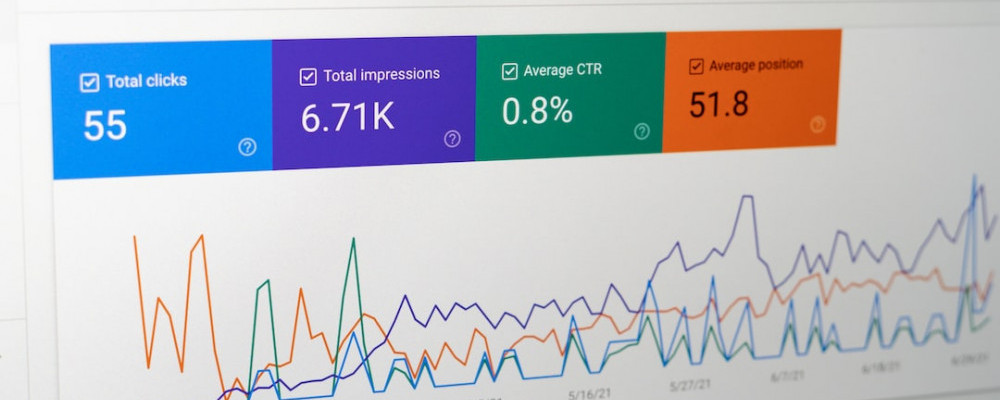In this article I’m going to offer some essential strategies for how to design a blog that people will love and follow.
Before I get down to it, I need to tell you that it all begins with content. You must consistently publish quality content that your readers can use to solve a problem or make a decision. This is what I am focusing on now.
After you build your foundation, you will need to concentrate most of your efforts on content creation.
It is very important to build a solid foundation, when creating a blog. After choosing your niche, domain name and hosting, there are steps to take to make your blog visible and grow an audience.

• Identifying your target audience
• Learning to master SEO techniques and strategies
• Building a social media presence
• Networking with other bloggers in your niche
• Learning and applying website analytics
Identifying Your Target Audience
Let’s assume that you have already accomplished the feat of creating a place to publish your blog articles. Chose your niche and domain name. Got it all hosted and secured.
• Create an avatar of your perfect visitor. This is a model of who you are targeting for your content. It should include metrics such as demographics, interests and behaviors, pain points, location etc.
You can do this by visiting and engaging on platforms like Quora or other social media. They often contain surveys and polls. The answers are where you get the information that you need to develop your avatar.
• Do some analysis of your competitors content and websites by visiting and commenting on their content. You can also read the questions and comments from their audience. Visitors often share things that they are finding difficult or even ask for help making a decision. .
Now you know what your audience might need help with and you can become the problem solver. The main goal of a blogger is to come up with unique and effective solutions.
• Create your content around what you’ve learned through your target audience research. Keep track of which articles fair better and refine your further content to address your audience’s needs and interests
Learning To Master SEO Techniques And Strategies
SEO or Search Engine Optimization is a list of metrics that search engines evaluate to rank your websites content. You can and should design your website with SEO strategies in mind. Your content should follow as many of these metrics as possible. For images you would use alt tags and optimize loading speed.
Below I have listed 10 more of the most important metrics:
1- Organic traffic: This is the number of visitors your website gets from organic search results. It’s a good indicator of how well your website is ranking for relevant keywords.
2- Keyword rankings: This is the position of your website in search engine results pages (SERPs) for specific keywords. The higher your rankings, the more likely people are to click on your website.
3- Click-through rate (CTR): This is the percentage of people who see your website in SERPs and click on it. A high CTR indicates that your website’s title and meta description are relevant and compelling.
4- Conversion rate: This is the percentage of visitors who take a desired action on your website, such as making a purchase or signing up for a newsletter. A high conversion rate indicates that your website is effective at attracting and engaging visitors.
5- Domain authority (DA): This is a metric that measures the strength of a website’s backlink profile. A high DA indicates that a website is considered to be an authority in its niche.
6- Backlink profile: This is a list of all the websites that link to your website. The quality and quantity of your backlinks can have a significant impact on your website’s ranking in SERPs.
7- Page speed: This is the amount of time it takes for a page to load on a user’s device. A fast page speed is important for both user experience and SEO.
8- Bounce rate: This is the percentage of visitors who leave your website after viewing only one page. A high bounce rate indicates that your website is not engaging visitors or meeting their needs.
9- Session duration: This is the average amount of time a visitor spends on your website. A long session duration indicates that visitors are finding what they are looking for and engaging with your content.
10- Pages per session: This is the average number of pages a visitor views on your website during a single session. A high pages per session indicates that visitors are finding relevant content on your website and are exploring multiple pages.
These are just a few of the many SEO metrics that you can track to measure the success of your SEO efforts. The specific metrics that you track will depend on your website’s goals and objectives.
Building A Social Media Presence
Your exposure through building a social media presence goes a long way towards designing a blog that people will love and follow. A lot of your visitors will be coming from these platforms. Social media and the organic visitors from SEO will most likely be your main sources of traffic until you have a budget to scale up through paid advertisements.
• Based on your niche and content, you need to choose which platform(s) will be most beneficial to your goals. For instance, let’s say you want to leverage Tiktok to drive traffic. You would design your profile and include a link to your website. Then you create short form videos to entertain or inform to get views. Others will check your profile and hopefully click on your link.
• You will need to create content strategies that are specific to each platform. Like the example i gave above for Tiktok.
–Quora is a question and answer forum that you can offer your answers to relevant questions and then link back to your articles.
–Pinterest uses visual content in the form of pins that reflect your content and you have your link in your bio.
• Leverage your profile. This is important across all platforms because it is often the first glimpse that people get of you.
— Optimize your profile by using keywords and phrases in the “About Me” sections.
— Be sure to completely fill out your profile including links to your other social media accounts and your website.
— Add a photo or logo consistently across all of your accounts. This helps people to say, “I know (your name), I recognize them from (social media platform)!”
• This next tip is huge in my book and applies to both social media as well as networking with other bloggers. I’ll get to networking in the nexr topic section.
I’m talking about engagement.
Engagement creates a connection and a sense of community. Make sure to be prompt when you respond to a comment or question. Include details or links to other helpful content.
Someone took to the time to express gratitude of ask for some help. It should be a priority for you to respond.
Other areas that you can engage would be Q&A sessions, polls, surveys or community chats
• Research for and use relevant hashtags to improve your visibility. Which in turn will improve your chances to grow a following by reaching new audiences.
• Collaboration with platform influencers allows you to tap into the influencers’ audience giving your brand and content more exposure. Provided of course they are relevant to your niche/target audience.
• Once you begin to grow a decent audience and created a budget, you can utilize paid advertisements. Paid ads only enhance a following they don’t build it for you. My advice is to wait until you are prepared to scale. Advertising takes preparation, money and testing.
Networking With Other Bloggers In Your Niche
1• As with growing your social media presence, the first steps to networking with other bloggers will be to join niche specific groups, forums and spaces.
I wrote an article about how to promote your businesson LinkedIn that you might find helpful.
– Participate in the discussions.
– Answer surveys and polls. Pay attention to your peers answers because you may learn something or maybe teach something.
– Check out the comment sections for the same reasons. You can see other peoples solutions so you can try to find your own unique solutions.
– Offer helpful information and build trust.
– Do not make the mistake of tossing out your affiliate link to everyone you talk to. If they trust you and are interested, they will ask for a link.
2• Attend webinars, seminars and podcasts. The people that are also visiting these events make up a niche specific, targeted audiences. You can also interact with the people holding the events. Be kind, cordial and most importantly you need to be genuine. People notice.
3• Guest blogging offers the opportunity to put your content in front of someone else’s audience. If you take the time to do it right, you expand your audience and you may get some quality backlinks that can boost your sites Domain authority. Higher DA equals more organic traffic.
4• Collaborate with other bloggers in setting up webinars or live events. You can also create Ebooks or email newsletters that reach other audiences.
5• Trade content shares tagging or mentions. Like guest posting and collaborations both bloggers get value from the situation.
Learning And Applying Website Analytics
A huge part of your success will rely upon your ability to track your efforts. You need to know what works and what doesn’t. Especially where your content is found can be important. You want to track the geological areas that your content finds its success.
Below i have listed some different types of website analysis tools:
▪︎Google Analytics gives you complete website traffic and insights.
▪︎SEMrush is excellent for SEO and digital marketing tracking.
▪︎ Ahrefs provides SEO analysis with detailed reports on backlinks, keywords and phrases and competitors statistics.
▪︎ Moz Pro is for SEO and complete website audits. Including Page and Domain authority for any website.
▪︎ Hotjar tracks user behavior and conversion funnels. Important for walking your prospective buyer from contact to sale.
▪︎ Jetpack is a WordPress plugin that offers basic website analytics.
▪︎ Chartbeat offers real-time traffic and website insights. It also provides user engagement metrics.
The Wrap Up
We covered a lot of ground here and yes, there are a lot of moving parts. Take each part one at a time and things will move right along.
Always remember that you are writing for your audience. Quality content that is consistent and correct is your main focus once you are ready to start publishing your amazing content.
Become the problem solver and they will come
Follow these steps as best you can and you can design a blog that people will love and follow!
For some juicy tips on driving traffic organically, check out my article that gives actionable tips.
I hope that you enjoyed my article. If you found it helpful please share it.
Did I miss anything? Do you have something to add? Please feel free to leave a comment below. Feedback is always welcome.
Stephen





